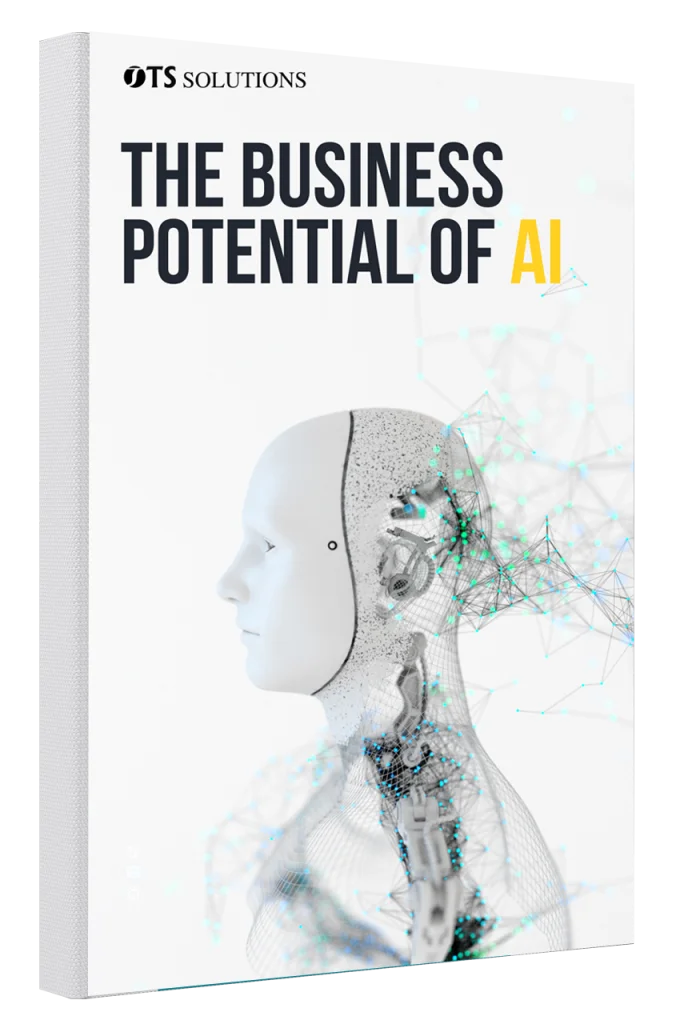There are Some Cloud Myths that Enterprise Should Break
There are Some Cloud Myths that Enterprise Should Break
Misconceptions about the cloud are all over the internet and outside of it. No wonder enterprises find it difficult to decipher cloud myths from the facts, especially as it relates to enterprise software development and business application development. Take a few moments to genuinely understand what the cloud can and cannot do for a business, and break the false beliefs surrounding the cloud today.
All Clouds are Connected with Data for Anyone, Anywhere to See
False. The truth is, clouds aren’t impersonal. A public cloud is an offering by a third-party provider. The cloud service provider (CSP) charges a business for cloud computing space as an Infrastructure as a Service (IaaS) for networking, servers, and storage. Datacenter services include backup and recovery too. The cloud services are assessed virtually, that is, over the internet.
There is also Platform as a Service (Paas), which provides the infrastructure for virtual business application development, that is to say, offering the hardware and software infrastructure.
Private clouds are specific to an organization. By contrast, a public cloud can be shared with several organizations all over the world. And not. By sharing, this means an enterprise’s cloud usage is on a shared server; however, policies are in place to help protect its data. Having said that, it’s still recommended that enterprises store and access truly confidential and sensitive data on a private cloud. The combination of a public and private cloud is called a hybrid cloud.
Security Is Lacking Compared to an On-Premise Data Center
False. Actually, online updates are deployed faster than traditional on-premise patches. Encryption enables online patch updating to be accomplished in a safe manner. Furthermore, cloud IT security has government compliance regulations it must stand by.
On-premise patches slow down productivity because IT must schedule updates in advance. Workers wait longer for updates to complete. If there is a missed update on a single computer, well, that’s all a hacker needs to initiate an attack of ransomware or malware.
Cloud security is a co-obligation of the CSP and the enterprise. Therefore, both must do their part. CSPs have a vested interest in securing a client’s data because it affects their business’s profitability. The enterprise should do what it can to mandate policies that require secure uploading procedures and additional safeguards to data beforehand.
Data Center Solutions Is Really All That a Cloud Has to Offer
False. The truth is many organizations know we’re in the age of digital transformation, yet the struggle. If an enterprise wants to get there faster, jumping on the cloud is the pathway. One of the best advantages of moving to cloud services is giving users data access via the internet. In emergency work situations, for example, an enterprise software development project can be fine-tuned expeditiously. Computing isn’t on-premise dependent where the data center must have continual on-premise support. Virtual solutions save time, energy, and deliver results with agility.
Need Help With App Development?
Our experts can help you in developing your next world class custom applications.
Our IT Staff will Diminish to a Skeleton Crew and then to Nothing
False. IT skills are changing, but they remain in demand. And IT jobs will only grow with the increased need for cloud integration skills. For example, business application development experts must be able to create apps for mobile cloud computing systems for their organization’s Web apps that are on the cloud. If they don’t have Web apps on the cloud yet, at the very least, being able to run native apps on mobile is a skill that IT must possess. Almost everyone uses either a smartphone, laptop, tablet or other portable device.
As the virtual landscape of the cloud continues to evolve, human IT is needed to manage it all. Protecting and managing private clouds, hybrid clouds, and public clouds, are all IT staff responsibilities. Improvements and updates, monitoring customer feedback and then integrating viable cloud and on-premise solutions are IT-based work too. What’s more, streamlining automation of tasks on-premise is still necessary.
According to the World Economic Forum Future of Jobs Report 2018, 85 percent of businesses surveyed expect to make great strides in cloud computing usage, as well as technologies of both web-enabled, and app-enabled markets, and the Internet of things (IoT). Virtual reality, augmented reality and machine learning are growing too.
When enterprises break the belief of cloud myths, technology becomes less fearful. All out cloud integration isn’t necessary right now, but embracing what CSP offer now benefits your enterprise tomorrow. Start integrating cloud technologies today.
Need Help With App Development?
Our experts can help you in developing your next world class custom applications.








